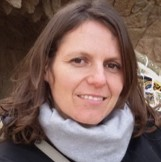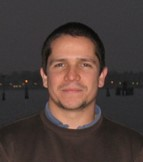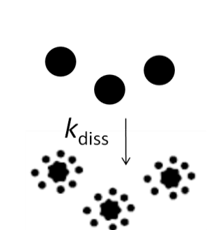Dissolution rate in the NanoFASE Model
The importance of dissolution for specific nanoparticles depends upon their chemical composition. For example, metals and metal oxides such as \(Ag, ZnO, CuO\) and \(Fe_{2}O_{3}\) may all be considered soluble to some extent, but the intrinsic degree of solubility is highly variable across metals. Metallic ENPs such as \(Ag, Fe\) and \(Cu\) dissolve via an oxidation process (e.g. \(2Ag^{0}+0.5O_{2}+2H^{+}\rightarrow 2Ag^{+}+H_{2}O\)), while dissolution of metal oxide ENPs such as \(ZnO\) and \(CuO\) does not require prior oxidation (e.g. \(CuO+2H^{+}\rightarrow Cu^{2+}+H_{2}O\)).
The NanoFASE modelling approach was developed alongside the experimental method. Basic dissolution modelling approaches are frequently based on the Noyes–Whitney equation:
|
\({d[M_{z+}]}{dt} = k_{diss}([M_{z+}]_{eq}-[M_{z+}]_{t})d[M_{z+}]dt=kdiss([M_{z+}]eq-[M_{z+}]t)\)
|
Where \([M_{z+}]_{t}\) and \([M_{z}]_{eq}\) are the dissolving metal ion concentrations at time \(t\) and at equilibrium, respectively and \(k_{diss}\) is a dissolution rate constant which encompasses the diffusion coefficient of the dissolved species, surface area and thickness of the boundary layer, and is usually expressed in \(ug\) \(kg^{-1} s^{-1}\) or \(ug\) \(m^{-2} s^{-1}\). |
Execution
A number of approaches for modelling nanoparticle dissolution have been adopted, such as empirical formulae that express the dissolution rates as a function of natural organic matter (NOM) concentration, pH, T, dissolved oxygen and other variables that are dependent on the aggregate number, initial concentration and diameter.
Used in
Read more |
Read also |
|
NanoFase Report D8.1 Alignment between model requirements and experimental procedures |
Majedi, S. M., Kelly, B. C. & Lee, H. K. Combined effects of water temperature and chemistry on the environmental fate and behavior of nanosized zinc oxide. Sci. Total Environ. 496 (2014) 585-593. |
Contact
 Elena Badetti
Elena Badetti
University Ca' Foscari of Venice, Italy
Email: elena.badetti@unive.it
 Julián Gallego
Julián Gallego
University of Gothenburg, Sweden
Email: Julian.gallego@marine.gu.se

